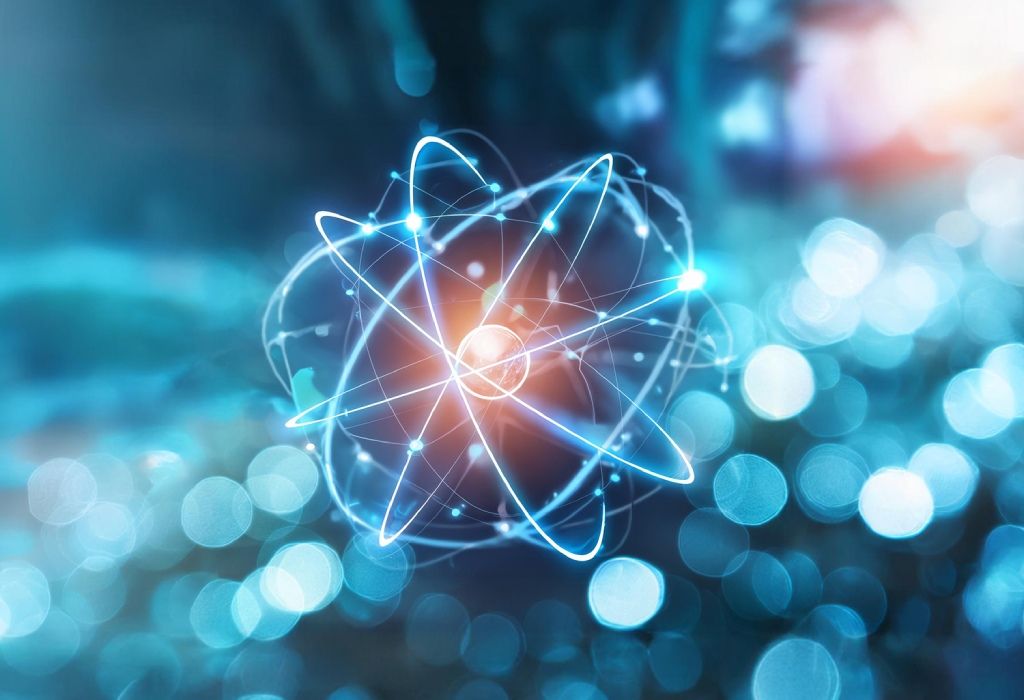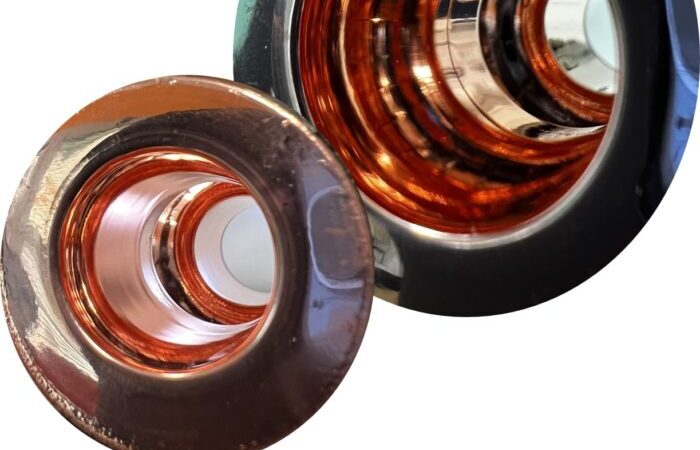Giacomo de Angelis, researcher at the INFN Legnaro National Laboratories, is one of the authors of a scientific article published in Physical Review Letters 135, 012501 (2025), which provides new information on the structure of atomic nuclei. A popular article in English is available on the Physics World website.
The study of exotic nuclei, goal of the research performed at Legnaro Laboratories and, in particular, at the new SPES facility, offers the opportunity to test the fundamental theories of nuclear physics, helping to understand the interaction between the constituents of the atomic nucleus, the evolution of exotic structures, and the existence of loosely bound nuclei. Besides, the new result addresses the phenomenology of an open quantum system, allowing test effects at the boundary of present Quantum Mechanics, beyond the Hermiticity condition of the theory.

